Yoga Blog
Discover Restorative Yoga: Gentle Poses for Deep Relaxation and Stress Relief
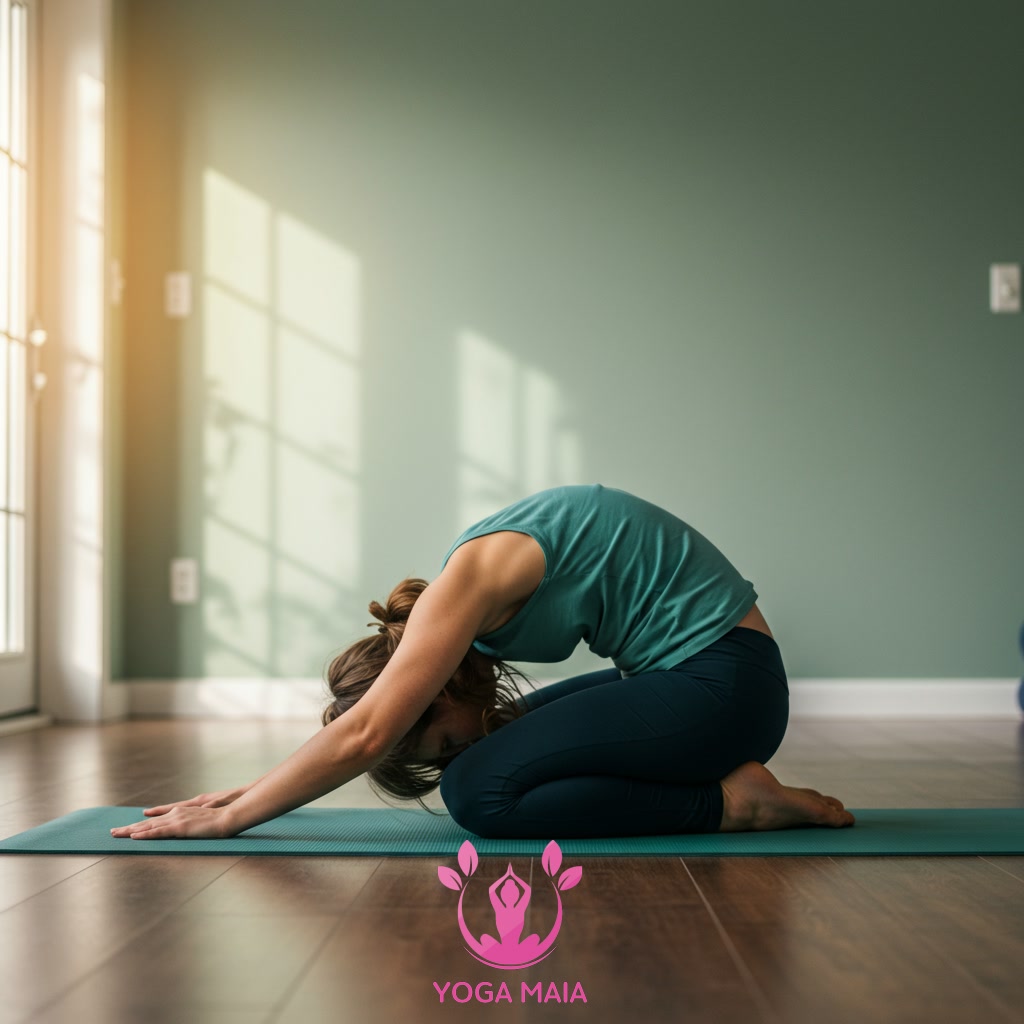
Explore the principles of Restorative Yoga, focusing on gentle poses specifically designed to promote deep relaxation. This practice emphasizes supporting the body to release tension and calm the mind. Learn how incorporating accessible postures can effectively reduce stress and foster a sense of profound peace. Discover the benefits of this soothing approach to well-being.
Table of Contents
- Section 1: Understanding Restorative Yoga: More Than Just Stretching
- Section 2: The Science Behind Deep Relaxation and Stress Relief
- Section 3: Essential Props for a Restorative Practice and How to Use Them
- Section 4: Exploring Gentle Restorative Poses for Calm and Comfort
- Section 5: Integrating Restorative Yoga into Your Daily Life
Section 1: Understanding Restorative Yoga: More Than Just Stretching
Restorative Yoga is a unique branch of yoga practice that goes beyond simple stretching. Unlike more active forms of yoga that focus on building strength or increasing flexibility through dynamic movement, Restorative Yoga is centered on profound relaxation and healing. The primary goal is to support the body completely using props such as bolsters, blankets, and blocks, allowing the muscles to soften and the nervous system to calm down. This supportive approach helps to release deeply held tension, reduce the effects of stress, and promote a state of deep rest. It’s a practice of ‘being’ rather than ‘doing,’ encouraging the mind to quiet and fostering a sense of inner peace.
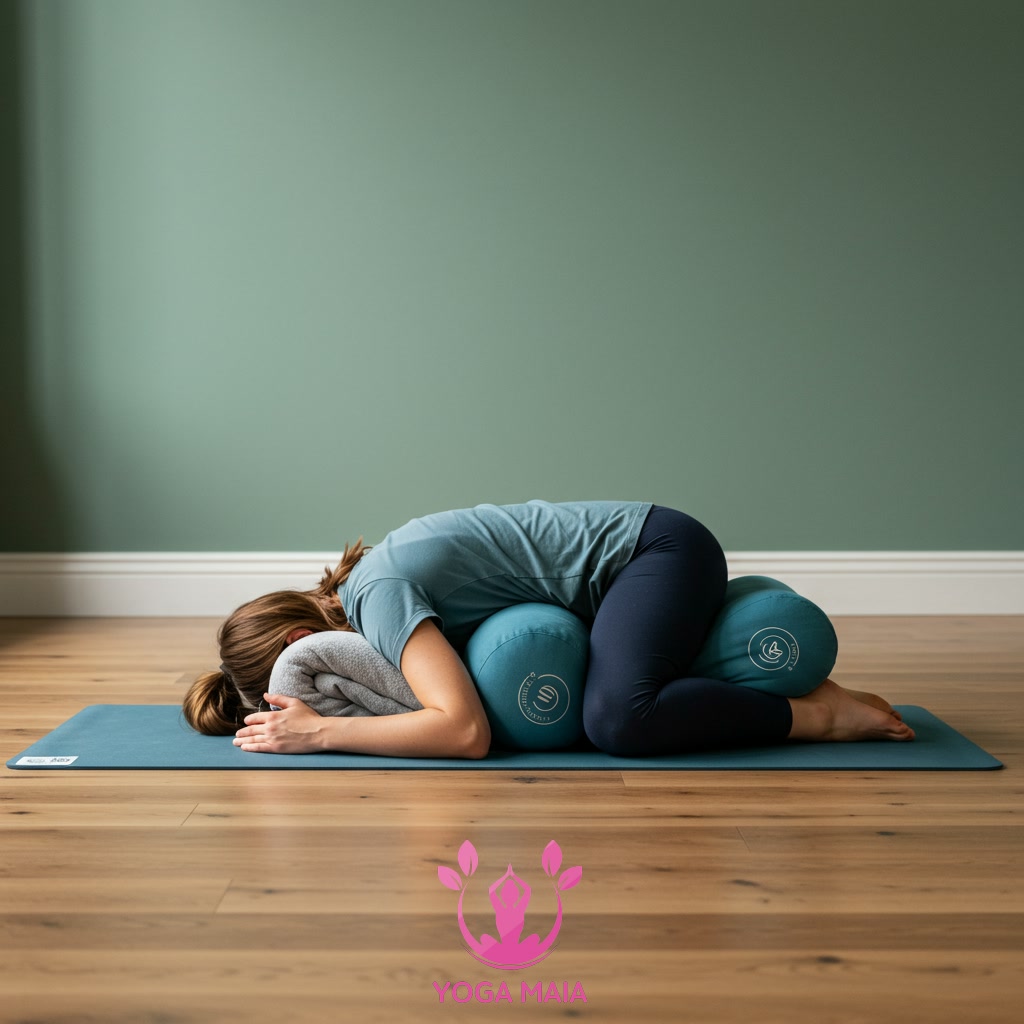 Understanding Restorative Yoga: More Than Just Stretching
Understanding Restorative Yoga: More Than Just Stretching
Section 2: The Science Behind Deep Relaxation and Stress Relief
Building upon its gentle nature, Restorative Yoga’s effectiveness in promoting deep relaxation and stress relief is rooted in its direct impact on the body’s autonomic nervous system. By holding supported poses for extended periods, the practice intentionally activates the parasympathetic nervous system, often referred to as the ‘rest and digest’ state. This counters the ‘fight or flight’ response governed by the sympathetic nervous system, which is frequently overstimulated by modern stressors. Activating the parasympathetic response helps lower heart rate, reduce blood pressure, decrease levels of stress hormones like cortisol, and encourage the release of calming neurotransmitters. This physiological shift creates the optimal conditions for the body and mind to release chronic tension, leading to a profound sense of peace and well-being that extends beyond the mat.
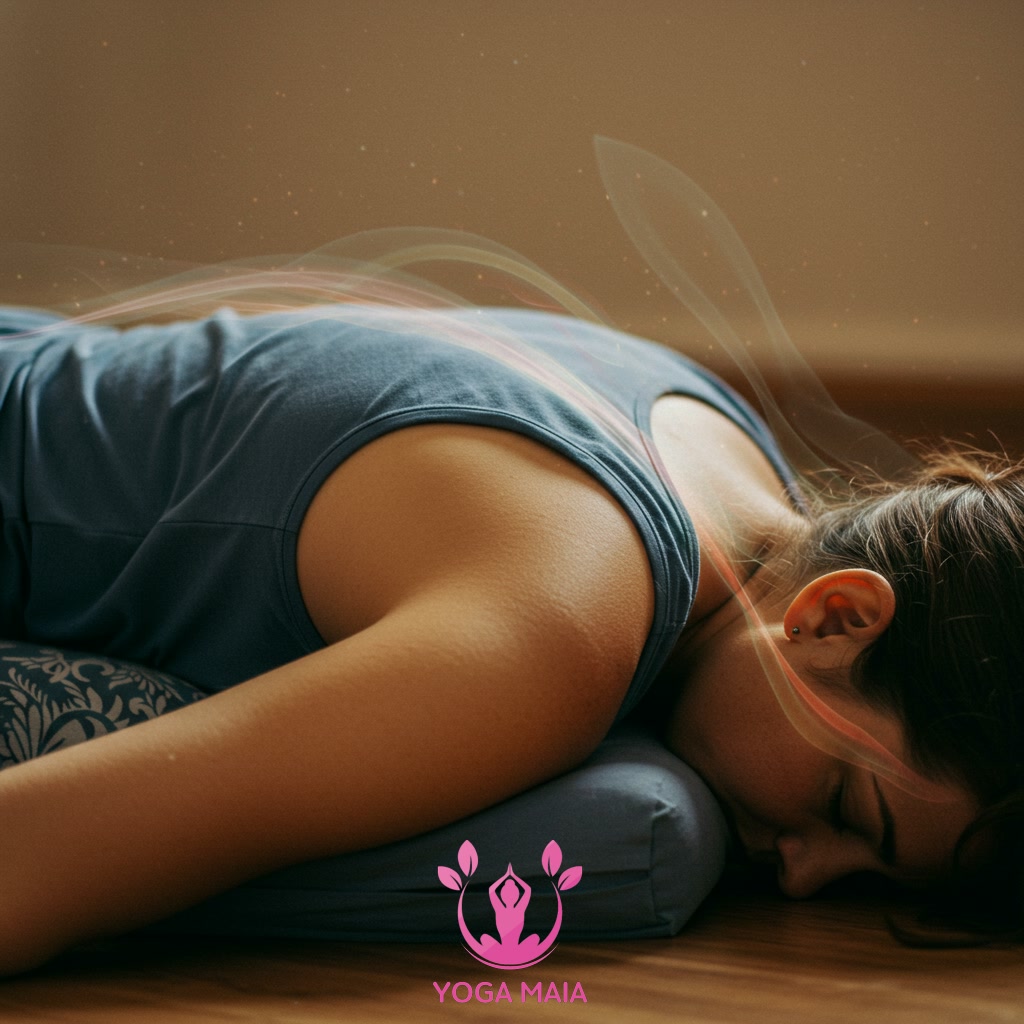 The Science Behind Deep Relaxation and Stress Relief
The Science Behind Deep Relaxation and Stress Relief
Section 3: Essential Props for a Restorative Practice and How to Use Them
Restorative yoga heavily utilizes props to create a completely supported environment for the body, which is fundamental to achieving deep relaxation and stress relief. Essential items typically include bolsters, which are long, firm cushions used to support the spine in backbends or elevate limbs; blankets, often folded to provide cushioning under sensitive joints like knees or ankles, or draped over the body for warmth, promoting a sense of security; blocks, used to bring the floor closer for hand support or under hips in seated poses; and sometimes straps, employed to create gentle connection without strain. By strategically placing these props, the body is held effortlessly in poses, allowing muscles to release and signaling the nervous system to enter a state of rest, crucial for unwinding tension and calming the mind.
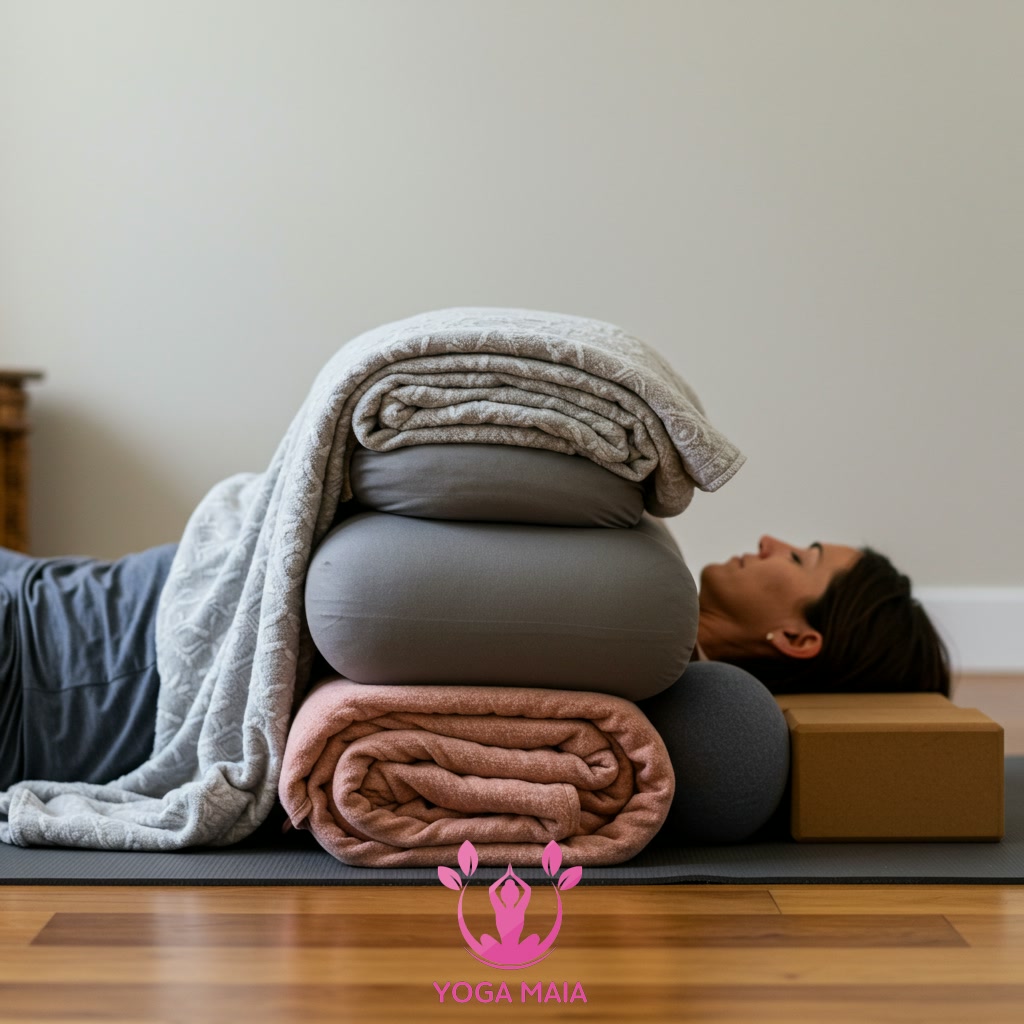 Essential Props for a Restorative Practice and How to Use Them
Essential Props for a Restorative Practice and How to Use Them
Section 4: Exploring Gentle Restorative Poses for Calm and Comfort
Building on the foundation of proper support using props, this section delves into specific gentle restorative yoga poses designed to cultivate deep calm and physical comfort. Unlike active yoga styles, these postures involve minimal effort, allowing the body to fully surrender and release tension. By holding these poses for extended periods with complete support, the nervous system shifts into a state of rest and digest, promoting profound relaxation and stress reduction. Each pose is chosen for its ability to gently open the body and quiet the mind, providing a sanctuary for healing and rejuvenation. Exploring these accessible postures allows you to experience firsthand the powerful connection between physical ease and mental tranquility.
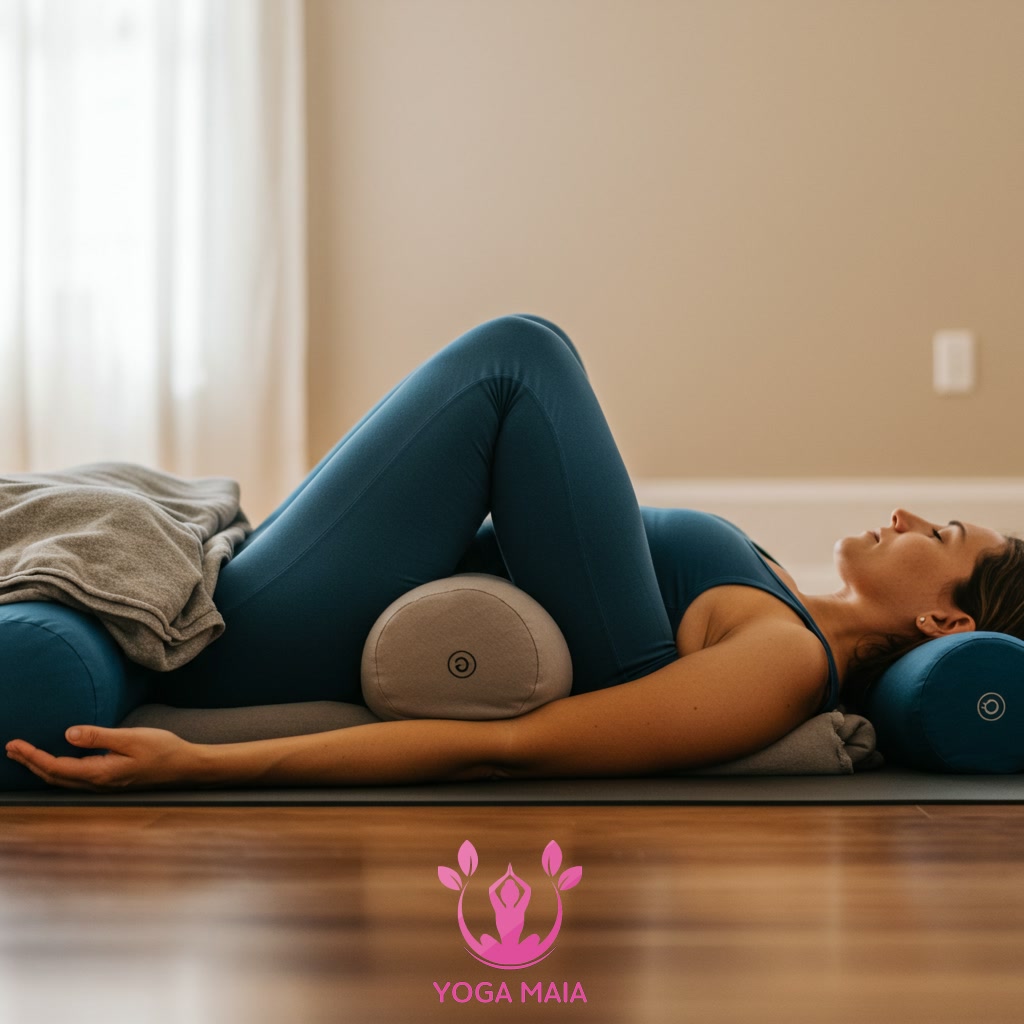 Exploring Gentle Restorative Poses for Calm and Comfort
Exploring Gentle Restorative Poses for Calm and Comfort
Section 5: Integrating Restorative Yoga into Your Daily Life
Incorporating the deeply soothing practice of restorative yoga into your daily routine is more accessible than you might think. It doesn’t require lengthy sessions or specialized equipment; even short periods can yield significant benefits. Consider dedicating just 10-15 minutes each day, perhaps before bed to unwind or during a mid-afternoon break to reset. Simple, readily available items like pillows, blankets, and folded towels can serve as effective props, allowing you to comfortably support your body in poses like Supported Child’s Pose or Legs-Up-The-Wall against a wall. By intentionally carving out this time for gentle stillness and supported relaxation, you actively counter daily stressors, promote physical release, and cultivate a profound sense of calm that extends beyond your mat, integrating peace into the rhythm of your everyday life.
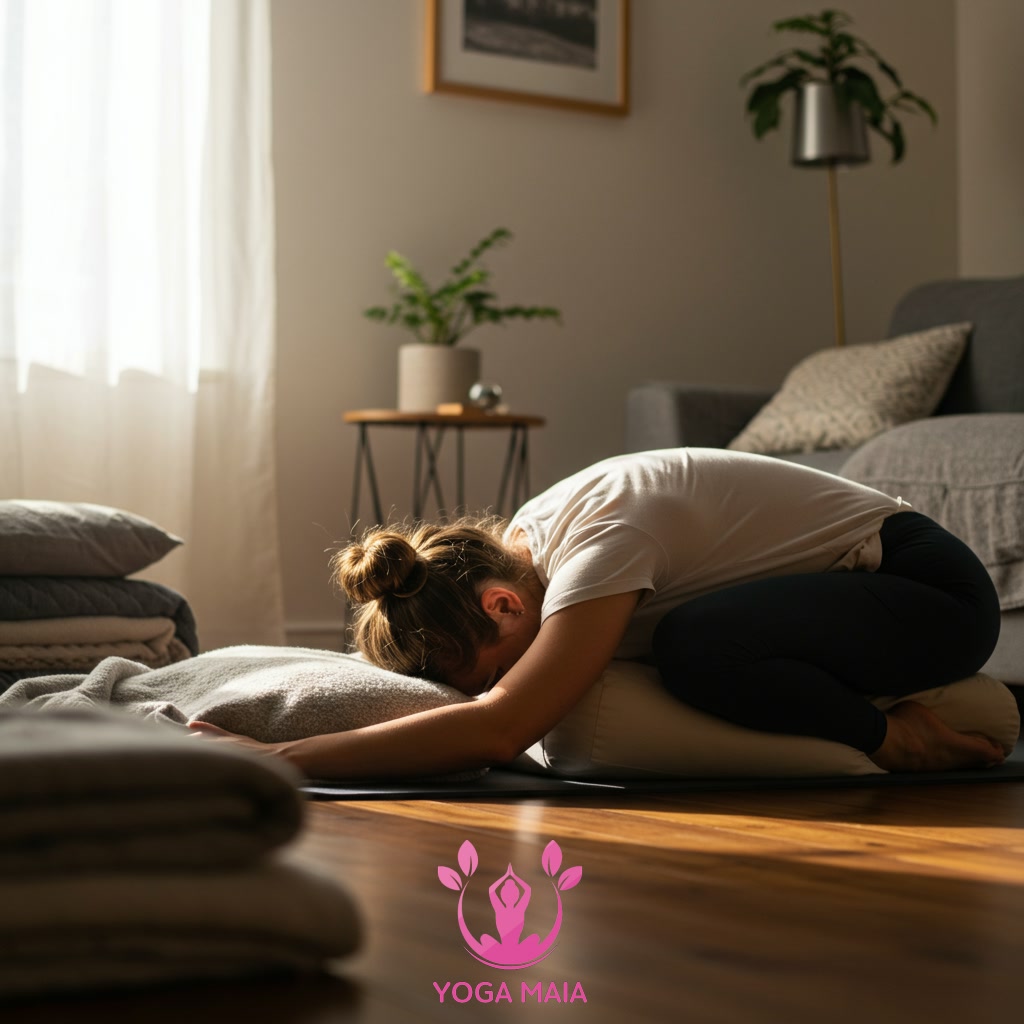 Integrating Restorative Yoga into Your Daily Life
Integrating Restorative Yoga into Your Daily Life












